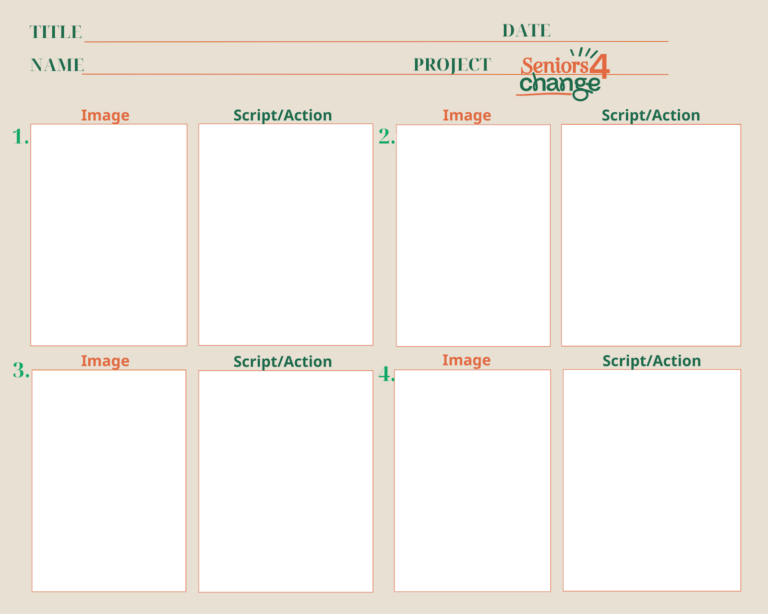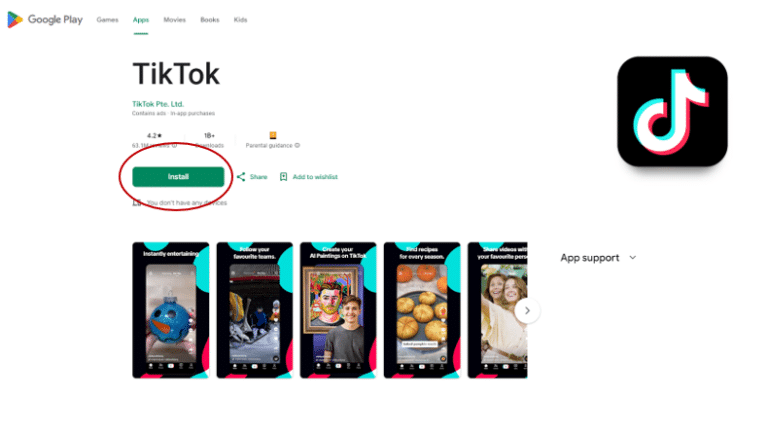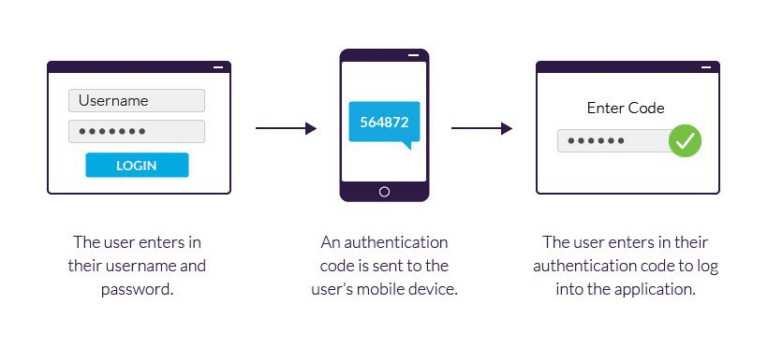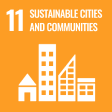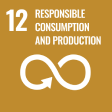In this section, we will explore the practical aspects of transforming your DIY hobbies into sustainable, small-scale businesses in depth. By exploring suggestions, ideas, and articles, we aim to provide a comprehensive understanding and stimulate debate on the topic. The ultimate goal is to prepare a small business plan for a hobby DIY business using a customised template of the Business Model Canvas (BMC) concept, which we have customised for a person in retirement who is considering transforming their hobby into a sustainable small-scale business.
What is the Business Model Canvas?
You have probably heard of a business model. It is a company’s plan for making a profit. It encompasses everything from the products or services a company offers to the customers it targets to the financial mechanisms that make the company profitable.
Here is a video that provides a simple explanation of business models!
There are several ways to describe a business model, one of which is the Business Model Canvas (BMC). The BMC is an innovative and easy-to-use tool designed to simplify this concept. It provides a visual framework that helps you see all aspects of your business at a glance, organised into nine key components. This one-page business plan is particularly useful for small-scale businesses, as it helps clarify and organise ideas in a structured and straightforward manner. As it is a tool used to draft a business plan, the BMC helps you visualise and understand the different components of your business before writing a formal plan.
Here is what the BMC looks like!
The BMC is divided into nine blocks, each representing a fundamental aspect of your business. To understand how the concept works, let’s present each block, taking as an example a business idea of a retired individual who grows vegetables and sells them in their community while also maintaining a video blog and social media presence.
Block 1: Customer segments
Customer segments are the different groups of people or organisations that your business aims to reach and serve. Identifying these segments helps tailor your products and marketing strategies to meet the specific needs of each group. For example, if you are producing and selling vegetables at a local market, your customer segments might include health-conscious individuals, families seeking fresh produce, local restaurants looking for seasonal ingredients, and those who support local farmers. Additionally, your social media followers who are interested in gardening and sustainable living are valuable segments.
Tip: Think about who would be most interested in your product or service. Use social media and online communities to engage with potential customers and gather feedback.
Block 2: Value proposition
The value proposition describes the unique value your product or service delivers to customers. It explains why customers should choose your offering over competitors. What problems do you solve, or what desires do you fulfil? For instance, if you are selling vegetables, your value proposition could be providing fresh, locally grown, organic produce that is healthier and tastier than supermarket alternatives. You could also emphasise the environmental benefits of buying local produce.
Tip: What makes your product or service unique and desirable? Create a clear and concise value proposition statement. Test it with your target audience. Ask a friend or a family member for feedback.
Block 3: Channels
Channels are the means through which you deliver your value proposition to your customers. This section outlines how you’ll reach your customers. Will you sell online, at local markets, through word-of-mouth, or a combination of these? In the case of selling vegetables, your primary channel would likely be the local farmers’ market. You could also consider setting up a small stand by the road or in-front of your house (if local laws allow it) or partnering with local (small) grocery stores or restaurants. Additionally, your video blog and social media platforms like Facebook are important channels for engaging with your community, promoting your produce, and sharing educational content.
Tip: Choose the most effective ways to reach your target customers. Start with a few channels where your target audience is most active. Monitor their effectiveness and adjust as needed.
Block 4: Customer relationships
Customer relationships describe the type of relationship you establish with each customer segment. It includes how you interact with customers throughout their journey with your business. How will you interact with your customers? Will you offer personalised service, build a community around your brand, or focus on efficient transactions? For a vegetable vendor, building personal relationships with customers at the farmers’ market is crucial. You could offer recipe suggestions, gardening tips, or even host tasting events to engage your customers. You can do this in your blog or on your social media account.
Tip: Focus on building strong, lasting relationships with your customers. You have to be consistent with your social media content.
Block 5: Revenue streams
Revenue streams represent the ways in which your business generates income. They detail how your business earns money from each customer segment. This is where you’ll identify how your business will generate income. Will you sell products, offer services, or both? For a vegetable business, your primary revenue stream would be the sales of your produce. You could also explore additional revenue streams like selling seedlings, offering gardening workshops, or creating and selling value-added products like jams or pickles.
Tip: Make sure you diversify your revenue streams and determine the most profitable ways to make money of your hobby.
Block 6: Key resources
Key resources are the essential assets required to deliver your value proposition. This could include your skills, equipment, inventory, or even your home if you’re operating a home-based business. For a vegetable producer, key resources would include land or garden space, gardening tools and equipment, seeds, compost, and other gardening supplies. For the video blog, a good camera and stable internet connection are essential.
Tip: Identify the essential assets you need to run your business.
Block 7: Key activities
Key activities are the crucial actions your business must take to operate successfully. These activities directly relate to creating and delivering your value proposition. For example, if you are a vegetable producer, key activities include planting, harvesting and marketing the vegetables, maintaining the garden, and creating content for the video blog. Regularly interacting with customers, managing sales, and promoting your business on social media are also important activities.
Tip: Focus on and list only the core tasks that drive your business forward.
Block 8: Key partnerships
Key partnerships are the external organisations or people that can help your business succeed. These partnerships can include suppliers, collaborators, etc. In this section, you have tо identify external organisations and individuals who can support your business. For example, key partnerships might include local farmers’ markets, health food stores, and community organisations that support sustainable living. Collaborating with other local gardeners or influencers can help expand your reach and share resources.
Tip: Collaborate with others to expand your reach and resources.
Block 9: Costs
The cost structure describes the major costs involved in operating your business. It includes fixed and variable costs that are necessary to run your business. This could include the cost of materials, marketing expenses, website hosting fees, or any other expenses you incur. For a vegetable business, costs might include seeds, compost, water, tools, packaging materials, and transportation costs to the market.
Tip: Collaborate with others to expand your reach and resources.
Each of these building blocks can be transformed into a task that you need to complete now so that you can evaluate and fine-tune your business idea. If something doesn’t work, there’s a big chance you’ll catch it here rather than later when you have already invested time and resources. For example, if you’re struggling to identify your target customers or articulate your value proposition, it might be a sign that you need to refine your business idea or explore a different niche. Similarly, if you’re having trouble identifying key resources or activities, it could indicate that your business model is not yet feasible or sustainable.
By working through each block of the Business Model Canvas, you can gain a deeper understanding of your business and identify potential challenges before you invest too much time or money. This process can help you make informed decisions, develop effective strategies, and increase your chances of success.

